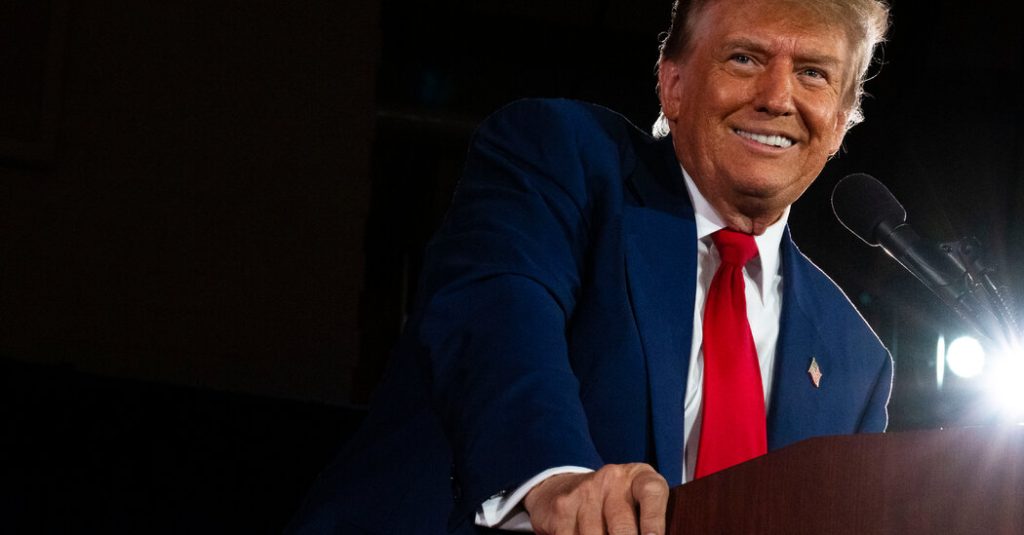Former President Donald J. Trump posted a provocative video on his social media site, Truth Social, featuring hypothetical newspaper headlines celebrating a 2024 victory for him and alluding to the creation of a unified Reich. The video includes references to World War I, German industrial strength, and deportation of migrants, along with language rejecting “globalists,” a term often associated with antisemitism. Despite criticism, the video remained on Mr. Trump’s account while his campaign distanced itself from the content, attributing it to a staff member during his criminal trial.
Mr. Trump has a history of making controversial statements, including denouncing Jews who vote for Democrats and downplaying incidents of white supremacy. His association with individuals such as Nick Fuentes, a prominent white supremacist, and his comments on political opponents have drawn criticism and comparisons to authoritarian leaders. The term “Reich” used in the video evokes Germany’s Nazi regime under Adolf Hitler and its predecessors, reflecting Mr. Trump’s use of language that parallels past oppressive regimes.
The mention of “the creation of a unified Reich” in the video is repeated three times, drawing attention to the historical context of German unification and militarization that led to World War I. While the German Empire of the late 19th century experienced industrial growth and political consolidation, it ultimately dissolved after its defeat in World War I. Hitler’s rise to power in the 1930s capitalized on nationalist sentiment and resentment, contributing to the devastating events of World War II.
Critics have accused Mr. Trump of echoing Nazi propaganda through the video, linking his rhetoric to dangerous and divisive ideologies. The use of imagery and language reminiscent of past authoritarian regimes raises concerns about the direction of his political ambitions and the potential impact on American democracy. President Biden’s campaign has condemned the video as foreboding a second term for Mr. Trump and highlighting the dangers of inflammatory rhetoric in political discourse.
The controversy surrounding the video underscores the polarizing nature of Mr. Trump’s messaging and its implications for national unity and social cohesion. The reemergence of divisive language and historical references in political communication raises questions about the boundaries of acceptable discourse and the responsibility of public figures in shaping public opinion. As the country navigates complex social and political challenges, the role of leadership in promoting unity and understanding becomes increasingly crucial.
In conclusion, the video posted by former President Trump reflects a pattern of using provocative language and imagery to garner attention and rally support. The references to a unified Reich and historical events like World War I evoke dark chapters in history and raise concerns about the direction of American politics. As debates continue over the boundaries of political discourse and the influence of leaders on public opinion, the impact of inflammatory rhetoric on social cohesion and democratic norms remains a key issue for the future of the nation.


